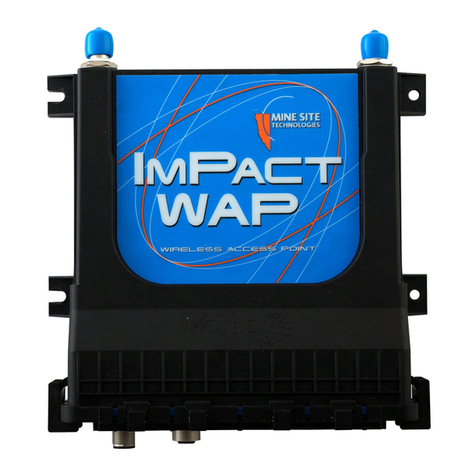MST WAP –User Manual
3
Contents
Revision History.....................................................................................................................5
Contact Details ......................................................................................................................6
Australia.............................................................................................................................6
Denver................................................................................................................................6
Canada...............................................................................................................................6
China..................................................................................................................................6
About This Manual.................................................................................................................7
Conventions used in the manual........................................................................................7
Icons...................................................................................................................................7
Related Publications...........................................................................................................7
Additional Support..............................................................................................................7
Chapter 1. Introduction ..........................................................................................................9
1.1 Hardware Overview................................................................................................10
1.2 System Layout........................................................................................................11
1.3 Connectivity............................................................................................................12
1.3.1 Ethernet Port....................................................................................................12
1.3.2 Wireless Radio.................................................................................................12
Chapter 2. Installation..........................................................................................................13
2.1 Pre-installation Planning.............................................................................................14
2.2 WAP Mounting ...........................................................................................................14
2.3 Antenna Mounting Options.........................................................................................15
2.4 Examples of WAP Installation Schemes ....................................................................17
2.4.1 Installation on Straight Drive................................................................................17
2.4.2 Wi-Fi Hotspot Installation.....................................................................................18
2.5 Ethernet Cable ...........................................................................................................19
2.6 Coaxial cable..............................................................................................................21
Chapter 3. Configuration Using the Web Interface ..............................................................24
3.1 Logging onto the Web Browser Interface ...................................................................25
3.2 Main menu organization.............................................................................................25
3.3 Status Menus .............................................................................................................26
3.3.1 Obtaining Device Information...............................................................................26
3.3.2 Obtaining Network Statistics................................................................................28





























